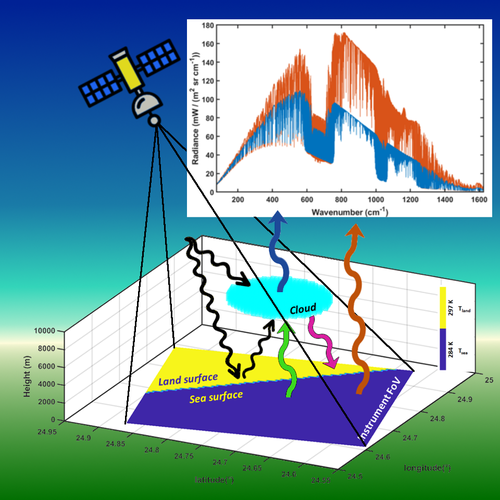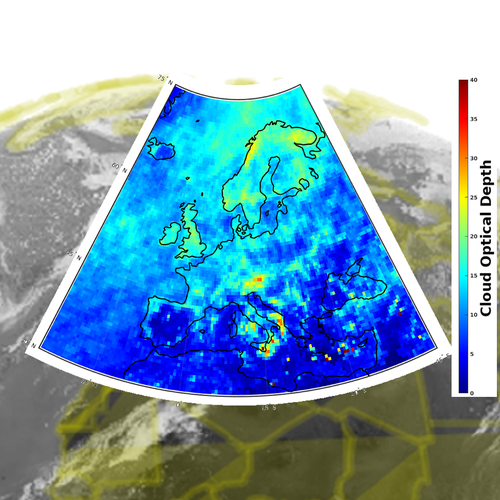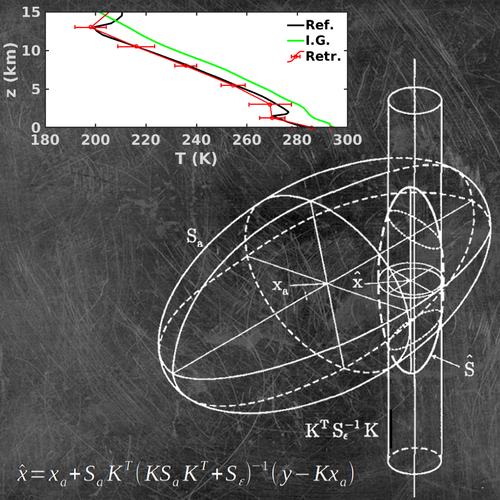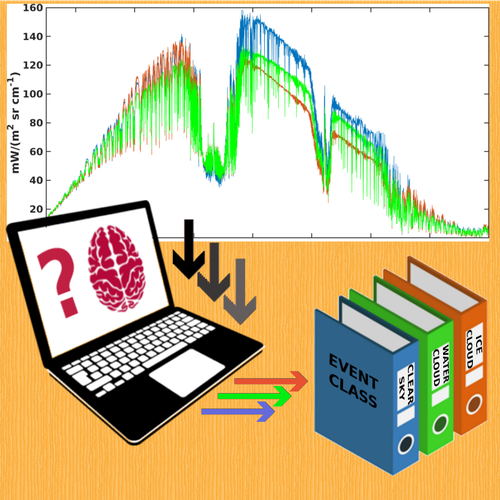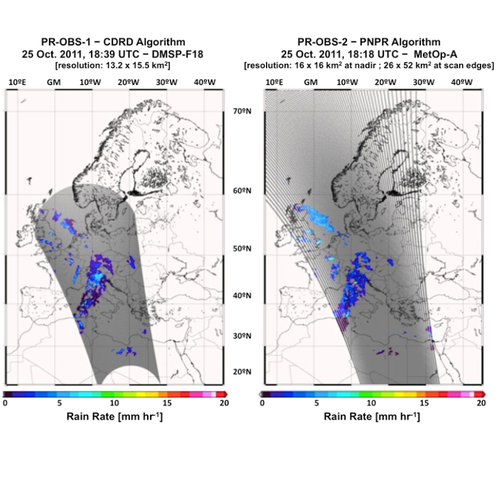The purpose of the activity is the implementation and development of algorithms for the modelling of the atmospheric radiative transfer. We deal both with 'exact solution' models (that are used as benchmark solutions and for specific case studies) and with 'fast' models (approximate but computationally efficient solutions suitable for the study of large datasets and for numerical weather and climate simulations).
The accounted spectral range spans from microwaves to visible wavelengths, which include the treatment of bi-directional surface reflection and Rayleigh scattering. The inclusion of scattering layers accounts for both aerosols (of various types and mixtures) and clouds (liquid, mixed-phase, and ice).
The group collaborates with the European Space Agency for the development of the FORUM End-to-End simulator for performance consolidation on mission level, quantification of trade-offs impact on the mission products, and preparation of the user community for the mission exploitation. Regarding the same mission, we collaborate with the Italian Space Agency for the development of analysis tools of infrared satellite observations.
